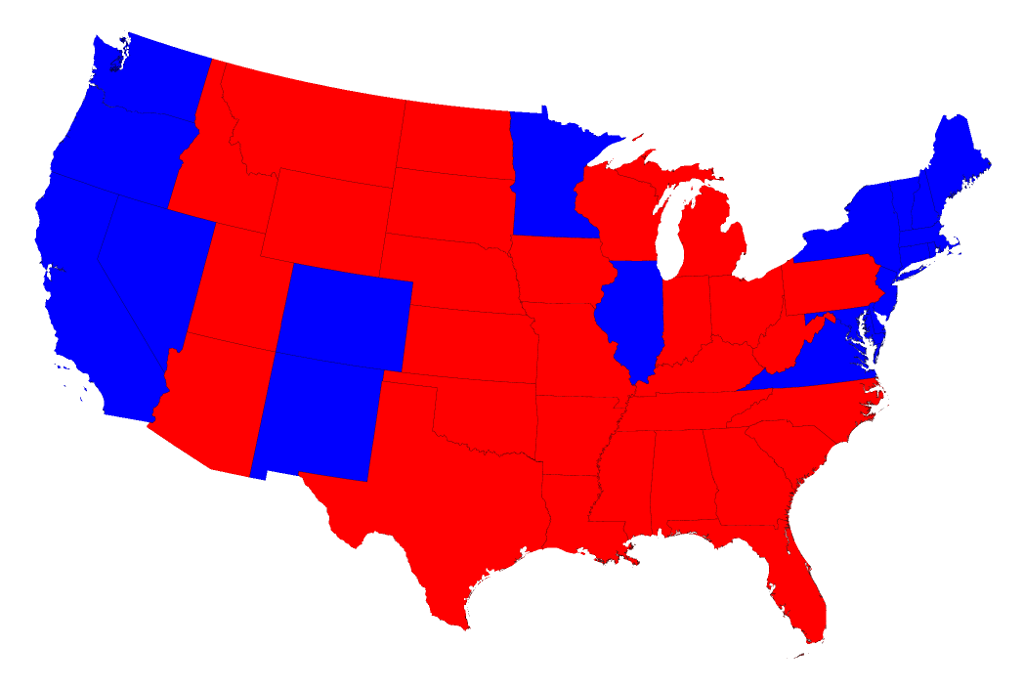By A.C. Thompson and Ken Schwencke/ProPublica
In 2015, the authorities in California documented 837 hate-crime incidents, charting a surge in offenses motivated by religious intolerance toward Muslims and Jews, while crimes against Latinos grew by 35 percent.
Last week, shortly after Donald J. Trump was elected the country’s next president, the Southern Poverty Law Center put up a form on its website encouraging people to share details about potential hate crimes. By the next day, they’d received about 250 reports – more than they’re used to seeing in six months.
Then on Monday, the FBI released its latest national tabulation of hate crimes, data that showed an overall uptick of 6.8 percent from 2014 to 2015. The accounting, drawn from information passed on to the bureau by state and local law enforcement agencies, charted a 67 percent increase in anti-Muslim hate crimes.
Posted on November 16, 2016



